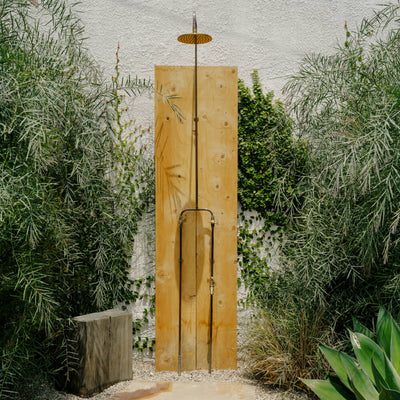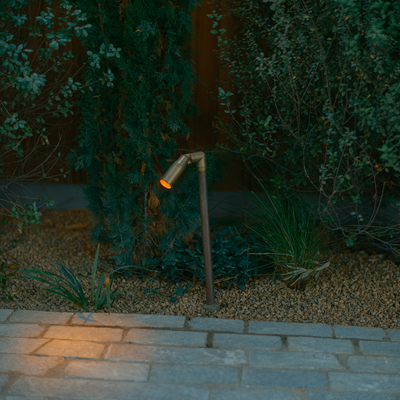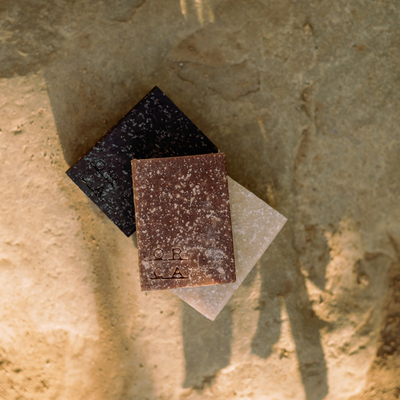Plants +
People
A study of the symbiotic relationship between
humans and the gardens they tend to.
Visiting Sonoko Sakai’s garden feels like you’re stepping into one of her recipes — quietly composed and rooted in memory.
A cook, teacher, and writer, Sonoko’s work draws from a life lived across continents: born in New York to Japanese parents, she was raised in San Francisco, Kamakura, Mexico City, and Tokyo. Her garden, too, tells a story — planted with the same care and reverence that defines her culinary philosophy. Her garden’s vegetables find their way into her dishes, its rhythms guide her days, and its quiet lessons anchor her sense of time and place.
In Japanese, Sonoko means “child of the garden” which Sonoko embodies in her daily life. Read on for our conversation about her garden, cooking practice, and how the two are inextricably intertwined.
sonoko sakai
015 sonoko sakai
region: los angeles, california
plant community: brassicaceae, lamiaceae, papaveraceae, onagraceae
photography: justin chung
"I am greeted by the sounds of bees humming around the pink rock roses that profusely covers the second tier of my garden."
Describe how your garden: feels, smells, sounds, tastes.
Every morning, I unlock the gate and enter the two-tiered garden with a basket in my hand. It’s early summer. I am greeted by the sounds of bees humming around the pink evening primroses and poppies that profusely cover the second tier of my garden. If I water the garden, birds join me. The lemon grass and lemon verbena shrub smell citrusy. I also have shiso, mint, calendula, and camomile for garnishing my salads. I blend these aromatic herbs and flowers to make tea. I pick some kale and munch on the subtly bitter leaf as I walk around the garden. My peas and green beans hardly ever make it out of the garden, because I eat them right off the vine. So sweet and crunchy!
What is your first or earliest memory of being in a garden?
The earliest memory of being in a garden is in my grandmother's garden in Kamakura, Japan, located about a one hour train ride from Tokyo near the sea. She had a beautiful garden with hills behind it. In the spring, we would harvest the plums from her old Ume tree to make Umeshu, plum wine and Umeboshi - mouth puckering pickled plums. In the summer, we picked myoga, the pale pink buds of wild ginger that grew wild in the bamboo bushes. We used them to garnish sashimi. (made with locally caught horse mackerel and sardines). In the Fall, the sweet persimmons in her garden ripened. We wrapped the fruit with newspaper so the squirrels wouldn’t eat them. Then winter arrived and the red and white camellia bloomed. Grandmother had a traditional tea house next to the garden. She practiced the tea ceremony every week, and invited me to take part. It was another occasion to admire her garden while quietly sipping tea. Those were magical times.

perilla frutescens var. crispa
(shiso)
________________________________
Perilla frutescens var. crispa commonly known as Shiso, Japanese basil, or beefsteak plant is a herbaceous annual plant widely used in Japanese cooking. It belongs to the mint family (Lamiaceae). Red shiso is more astringent and used for coloring and pickling (e.g., umeboshi).
papaver rhoeas
(red poppy)
________________________________
Papaver rhoeas, also known as Red Poppy or Common Poppy, is an annual flowering plant in the Papaveraceae family. The bright crimson flowers are solitary and borne on long peduncles. Blooms from late spring to mid-summer (May–July).
What is one of the most notable things you have learned about yourself through the careful cultivation, preparation and caring you have put into your garden?
Pay attention. Give it love. Just like raising a child.
What plants are currently in your garden? What’s thriving?
Beets, 3-4 varieties of kale, cauliflower, Camomile, Calendula, Shiso,and other herbs, sweet peas, leeks.
What plants do you use for cooking or healing?
Daikon radish to help with digestion. (I grate the daikon and use it raw). Persimmon leaves,Camomile flowers, Calendula flowers, Mugwort leaves in tea for restoring energy.
vitis vinifera
(common grapevine)
________________________________
Vitis Vinifera, known as common grapevine, is a genus of woody, deciduous climbing plants in the family Vitaceae. The heart-shaped leaves are palmately with 3–5 lobes and turn yellow in autumn. These plants are cultivated for their fruit, grapes, which are used for eating fresh, drying (raisins), juice, and wine production.
brassica oleracea var. botrytis
(yellow cauliflower)
________________________________
Brassica oleracea var. botrytis, commonly known as cauliflower, is a cool-season vegetable in the Brassicaceae family. It has a dense cluster of undeveloped flower buds, usually white, but also available in green, orange, and purple cultivars. Prefers cool temperatures, full sun, and fertile, well-drained soil.
"Nurturing is something you have to do continuously. It's like love, You have to keep loving. The job is never done, especially with your garden.
"
What are your plans for your garden in the next 5 years?
Maintaining a healthy garden. I planted over a dozen young fruit trees that will mature in 5-8 years. I am looking forward to harvesting their fruit. I have yuzu, sudachi, persimmons, Mission fig, santa rosa plums, Mexican limes, curry tree, Ume and pomegranate.
oenothera rosea
(pink evening primrose)
________________________________
Oenothera rosea, commonly known as pink evening primrose is a flowering perennial plant in the Onagraceae family. The small pale pink flowers bloom from spring to fall and prefer full sun to partial shade. A drought-tolerant pollinator that attracts bees and butterflies.
citrus japonica
(kumquat)
________________________________
Citrus japonica, commonly known as kumquat, is a small, citrus-bearing tree or shrub in the Rutaceae family, enjoyed for its edible, brightly colored fruits with edible skin and tart pulp. An evergreen shrub or small tree that can grow between 6-13 feet with small, white fragrant flowers that bloom in late spring to summer.




























